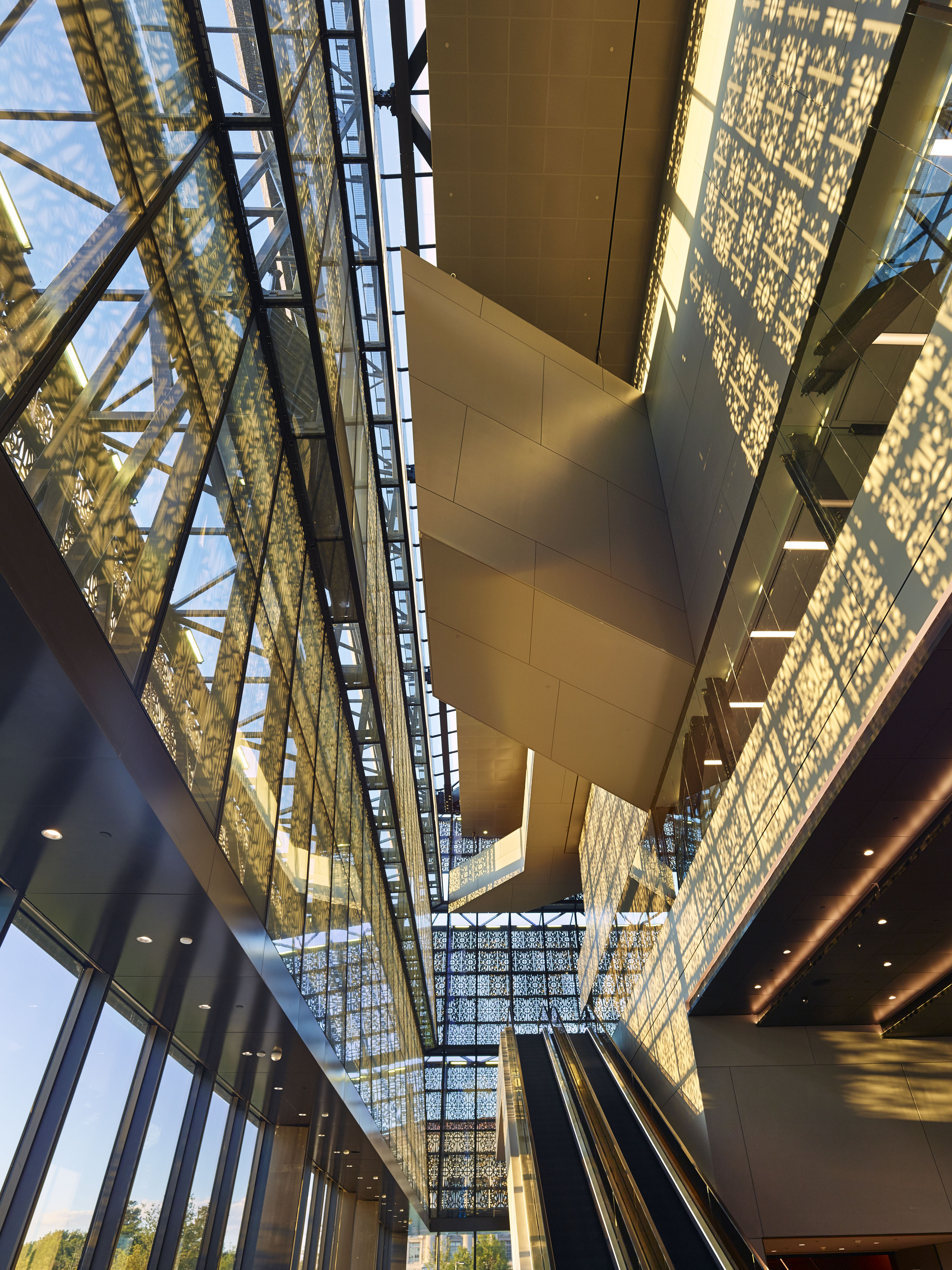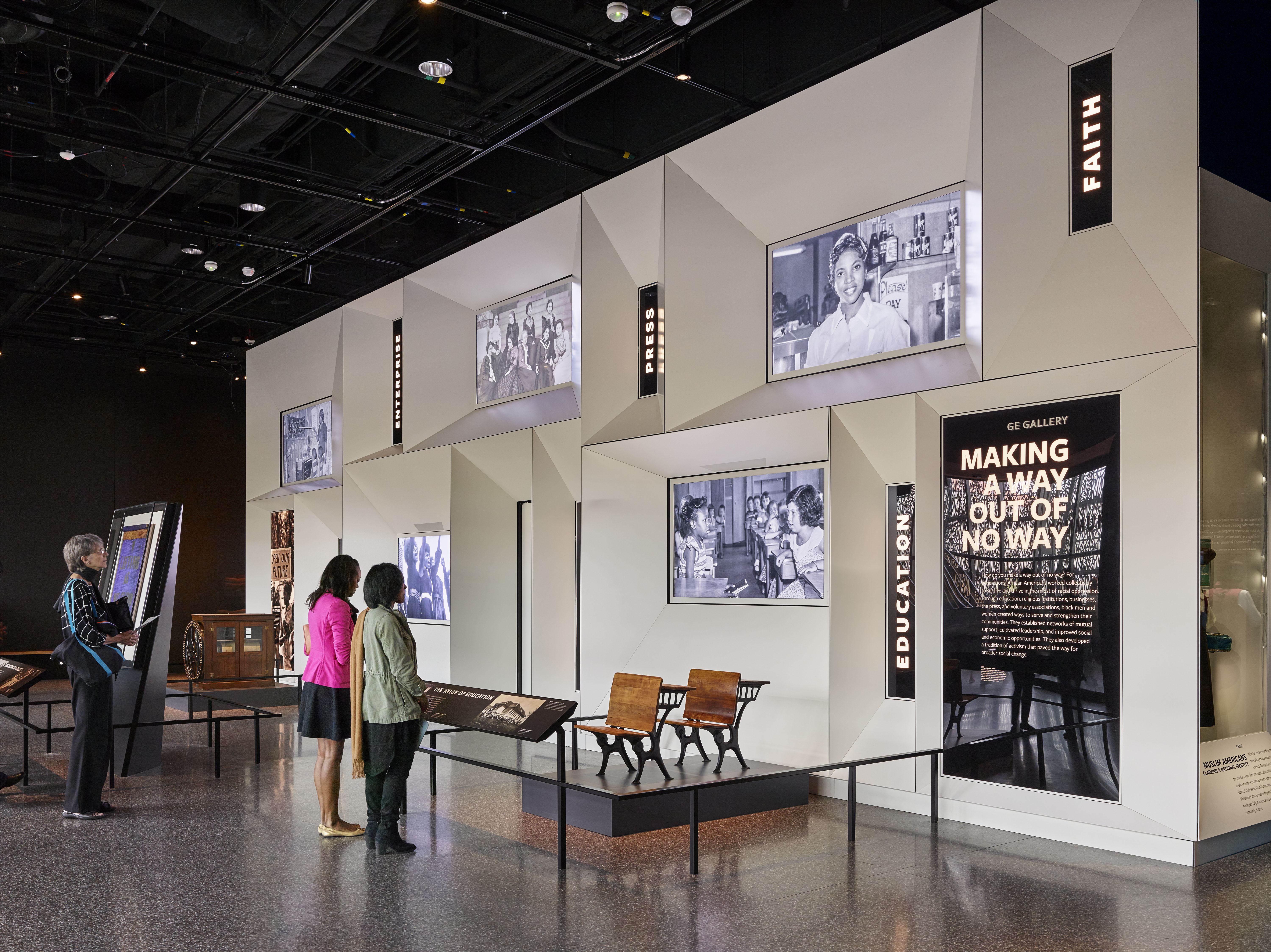
Your February Travel Guide
Celebrating African American History
In 2016, the Smithsonian made a very historic step toward expanding its collections with the addition of the National Museum of African American History and Culture (NMAAHC). It was a process more than 100 years in the making, but for those who had pushed for the creation of the museum, its opening was a giant victory. After years of plans and proposals, there was finally a place to commemorate, educate, and showcase the countless contributions African American innovators have made to the world.

But this museum is about so much more than African American history and culture—it’s about American culture and values, and how both have been significantly influenced through the contributions of African Americans. The NMAAHC is a treasure trove of nearly 37,000 historical objects and eighteen exhibits, which touch on everything from African Americans in military service to their influence in photography and filmmaking.
While the museum is open year-round, February—established as African American History month in 1976—is a particularly momentous time to expand your knowledge on African American history and culture, making the NMAAHC an ideal destination. But be mindful that demand for the museum is extremely high!

The Four Pillars
The museum was founded on four basic principles: to provide an educational outlet for people interested in African American history and culture, to raise awareness for the intermingling and influence of global cultures on one another, to explore the common values of all Americans, and to collaborate with other museums to best preserve valuable artifacts and stories.The Exhibits
There are more than a dozen enriching exhibits to explore throughout the museum, including A Century in the Making, which explores the struggles and triumphs in getting the NMAAHC off the ground—from the early efforts of activist groups to the work of members of Congress in 2003. Through the African American Lens delves into three separate areas—history, community, and culture—and is made up of thousands of donated and collected artifacts. The Defending Freedom, Defining Freedom exhibit tackles the experiences of segregation, from the end of Reconstruction to 1968, and features artifacts such as a dress sewn by Rosa Parks. Other notable exhibits include an interactive lesson in stepping, courtesy of DC’s own Step Afrika! dance group, and the Robert Frederick Smith Explore Your Family History Center, which allows visitors to explore genealogical databases to track their ancestry.The Takeaway
The National Museum of African American History and Culture has made it possible to explore never-before-seen artifacts and important pieces of American history that have helped shape the world we live in today. It’s a great opportunity to gain an appreciation for an area of American history that is not often explored in other museums, and what better time than African American History Month?


Let friends and family into the world of this important Smithsonian institution by sharing on social media.
Up Next:
Lionel Hampton Jazz Festival

Posted in February 2019 on Dec 17, 2018